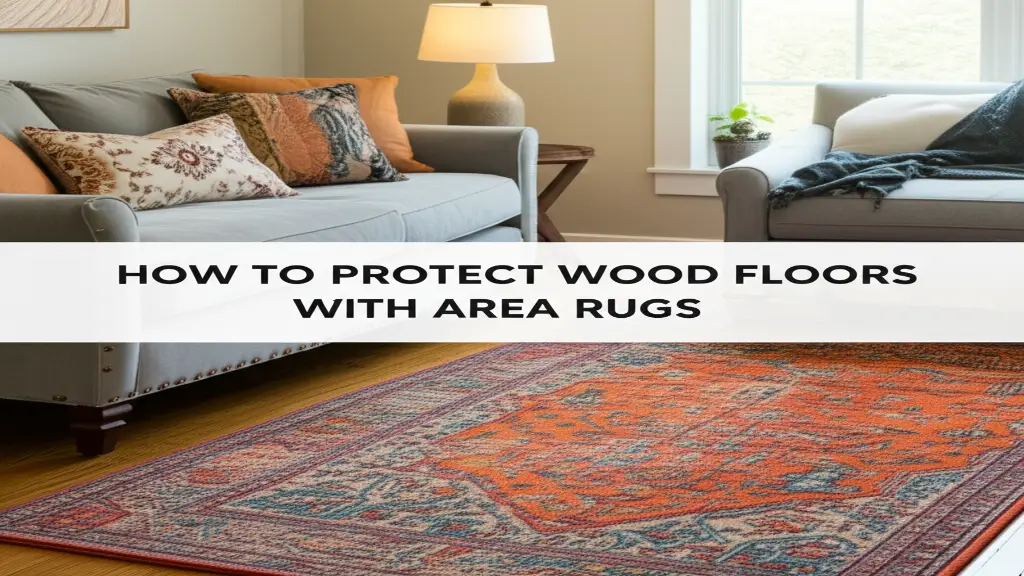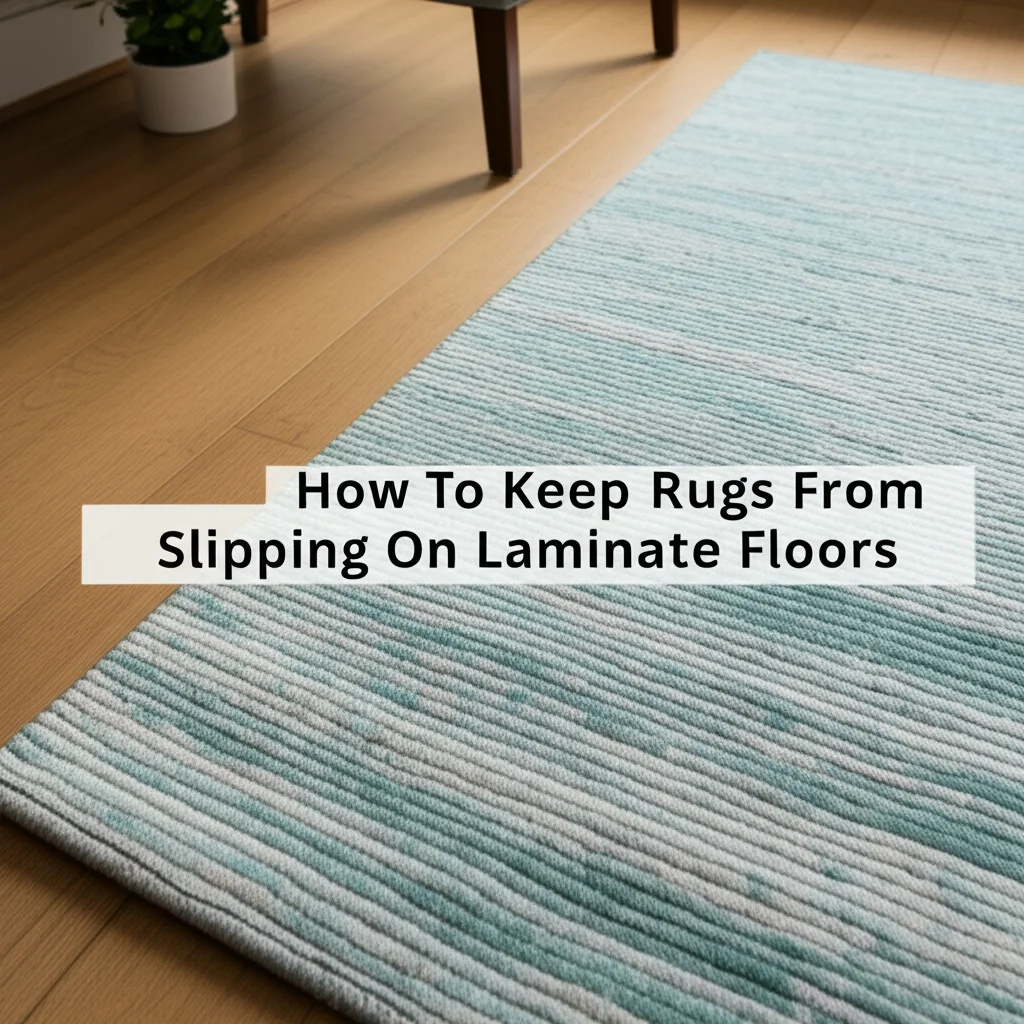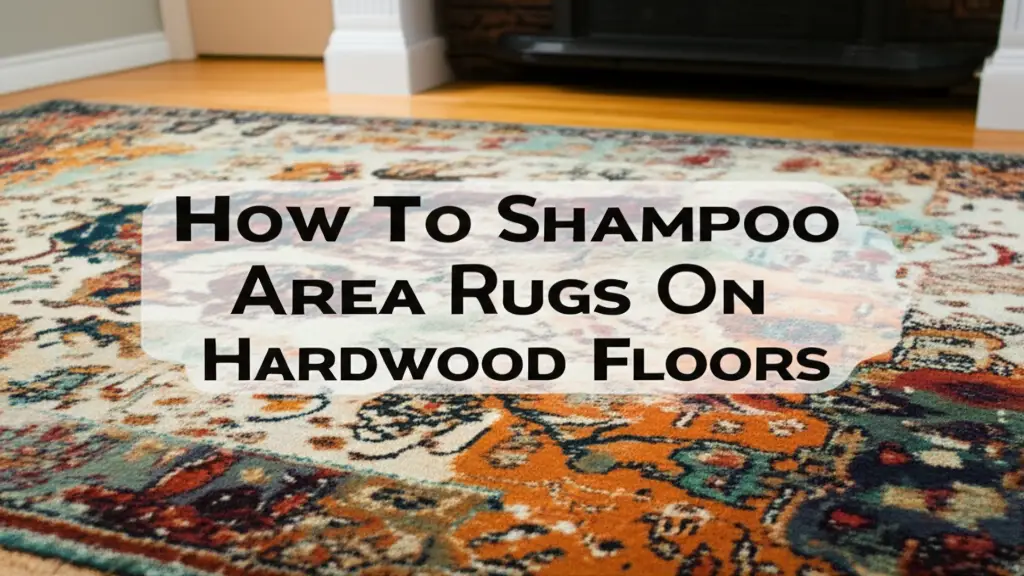· Todd Martin · Flooring & Home Decor · 12 min read
Should I Take Carpet Runner To Wood Floor

Should You Place a Carpet Runner on Your Wood Floor?
Wood floors add warmth and elegance to any home. Many homeowners want to keep their beautiful hardwood pristine. This leads to a common question: “Should I take carpet runner to wood floor?” You might consider a runner to protect against wear, add comfort, or enhance style. This article explores the benefits, potential risks, and best practices for using carpet runners on wood floors. We will guide you through making an informed decision for your home.
Takeaway
- Carpet runners protect wood floors from scratches and wear.
- Non-slip backings or rug pads are essential for safety and floor protection.
- Regular cleaning of both the runner and the floor underneath prevents trapped dirt.
- Rotate or reposition runners to ensure even aging of your wood floor.
- Consider specific wood finishes and traffic patterns before placing a runner.
Clear, Concise Answer
Yes, you can place a carpet runner on a wood floor, and it often provides excellent protection and comfort. However, you must use a proper non-slip rug pad and ensure regular cleaning to prevent moisture, dirt buildup, or uneven fading that could damage your beautiful hardwood over time.
Why Consider a Carpet Runner on Wood Floors?
Placing a carpet runner on your wood floor offers several practical advantages. The primary benefit is the excellent protection it provides. High-traffic areas, like hallways or entryways, endure constant foot traffic. A runner acts as a barrier, preventing scratches, dents, and general wear. This helps your wood floor maintain its new look for longer.
Runners also offer an extra layer of safety. Wood floors can be slippery, especially for children, seniors, or pets. A well-placed runner with a good grip reduces the risk of slips and falls. This makes your home a safer place for everyone. It creates a more secure path through your living spaces.
Beyond protection and safety, carpet runners enhance comfort and reduce noise. They provide a softer surface underfoot, which is especially pleasant in areas where you stand often. Runners absorb sound, dampening echoes and making rooms feel quieter and cozier. This acoustic benefit is a welcome addition to busy homes.
Lastly, runners are a great way to add style and warmth. They come in countless colors, patterns, and textures. You can use them to complement your existing decor or introduce a bold new element. A runner can define a space, add visual interest, and tie a room together. It helps to make your house feel more like a home.
Potential Downsides of Runners on Wood Flooring
While runners offer many benefits, there are also potential drawbacks to consider when placing them on wood floors. One significant concern is the risk of trapped moisture. Spills or humidity can get trapped between the runner and the wood. This can lead to mold growth or even warping of your hardwood. Always ensure the floor is dry before placing a runner.
Another issue can be uneven floor aging. The part of your wood floor covered by the runner is protected from light and wear. The exposed areas will experience more sunlight and traffic. This can result in discoloration or wear patterns. You might see a noticeable difference when you eventually move the runner.
Some runner backings can harm wood finishes. Rubber or latex backings, especially older ones, can stick to or stain certain wood sealants. This leaves behind a difficult-to-remove residue or even pulls up the finish. Always choose a runner with a safe backing or use a high-quality rug pad as a barrier. For instance, how to remove carpet tape from wood floor can be a real challenge if the wrong adhesive is used.
Lastly, runners can sometimes trap dirt and debris underneath. Fine grit and dust can collect under the rug, acting like sandpaper with foot traffic. This can slowly abrade the wood floor surface. Regular cleaning and lifting the runner are crucial to prevent this. I always make sure to sweep or vacuum under my runners weekly.
Choosing the Right Carpet Runner for Your Hardwood
Selecting the correct carpet runner for your wood floor is crucial for both protection and aesthetics. First, consider the runner’s material. Natural fibers like wool are durable and breathable. Synthetic materials such as nylon or polypropylene offer stain resistance and affordability. Choose a material that suits your lifestyle and traffic levels.
The backing of the runner is perhaps the most important element for wood floors. Avoid runners with solid rubber or latex backings that can degrade and stick. Instead, look for open-weave backings made of natural rubber, felt, or a combination. Even better, plan to use a separate rug pad. This provides an extra layer of protection and breathability.
The size and shape of the runner also matter. Measure your space carefully. A runner should leave a few inches of wood visible on all sides. This creates a framed look and prevents the room from feeling too crowded. For stairs, measure each tread individually or use a specialized stair runner that covers the entire step. If you’re wondering how long is a carpet runner should be, consider both length and width for proper coverage.
Finally, think about the aesthetic. The runner should complement your home’s style. Consider color, pattern, and texture. A subtle pattern can hide dirt, while a bold one can be a focal point. Ensure the runner’s design enhances your wood floor, rather than competes with it.
Essential Steps to Install a Runner Safely
Proper installation of a carpet runner on wood floors is key to both safety and floor preservation. The first step is to clean your wood floor thoroughly. Any dirt or debris left under the runner can scratch the surface over time. Use a broom or vacuum, then a wood-specific cleaner. Ensure the floor is completely dry before proceeding. For a guide on proper cleaning, you can check how to clean wood floors.
Next, always use a high-quality rug pad. This is non-negotiable for wood floors. The pad acts as a cushion, absorbs impact, and, most importantly, prevents the runner from slipping. Look for pads made of natural rubber or felt, avoiding synthetic or adhesive-backed options that can harm your finish. A good pad also allows air circulation, reducing moisture buildup.
Lay the rug pad down first, ensuring it is slightly smaller than the runner. This prevents the pad from showing and reduces trip hazards. Center the pad on the desired placement area. Then, carefully unroll or place the carpet runner on top of the pad. Smooth out any wrinkles or bumps as you go.
For added stability, especially in high-traffic zones or on stairs, consider using a non-slip spray or double-sided rug tape designed for wood floors. However, test any adhesive in an inconspicuous area first. The goal is to how to keep a carpet down without damaging the floor underneath. Always prioritize non-damaging solutions.
Maintaining Your Wood Floor Underneath the Runner
Maintaining the wood floor beneath your carpet runner is just as important as caring for the runner itself. Neglecting this can lead to hidden damage. I recommend a consistent schedule for this task. It ensures your beautiful wood floors remain in top condition.
First, lift and clean the runner regularly. Depending on foot traffic, this might be weekly or bi-weekly. Vacuum both sides of the runner. Then, sweep or vacuum the exposed wood floor area. This removes any trapped dirt, dust, or pet hair that could scratch the finish. Pay attention to the edges of the runner, where debris often collects.
Next, clean the wood floor underneath. Use a cleaner specifically designed for hardwood floors. Avoid harsh chemicals or excessive moisture. Damp mop or use a wood floor cleaner spray and a microfiber cloth. This addresses any spills or grime that might have seeped through the runner. Ensure the floor is completely dry before placing the runner back down.
Periodically, rotate or reposition your runner. This helps to prevent uneven wear and discoloration. Wood floors can lighten or darken over time due to UV light exposure. By moving the runner, you allow the entire floor to age more uniformly. This minimizes the “rug line” effect when you decide to remove the runner permanently.
Finally, inspect your wood floor and the runner backing for any signs of damage. Look for residue from the backing, scratches on the floor, or moisture spots. Address any issues promptly to prevent them from worsening. For example, if you find pet accidents, knowing how to clean dog pee out of wood floor quickly can prevent lasting damage. Proactive care extends the life of both your runner and your floor.
Alternatives to Traditional Carpet Runners
While carpet runners are a popular choice, several alternatives exist for protecting wood floors. Each option offers unique benefits depending on your needs. Exploring these can help you find the perfect solution for your home.
One common alternative is an area rug. Area rugs are larger than runners and cover a more significant portion of the floor. They offer similar protection, comfort, and sound absorption. You can use them to define living spaces or add a dramatic design statement. Like runners, area rugs also require a non-slip pad underneath.
Another option is using floor mats in specific high-wear spots. These are typically smaller and more targeted than runners. For example, you might place a mat under an office chair to how to protect wood floor from office chair wheels. Mats are excellent for concentrated areas of impact or friction. They often come with non-slip backings built-in.
Consider clear floor protectors made of durable plastic or vinyl. These offer invisible protection, allowing your beautiful wood grain to show through. They are ideal for spaces where you want full visibility of the floor. They are easy to clean and often have a textured underside to prevent slipping.
Finally, you might consider simply treating your wood floor with a more durable finish. Some modern sealants offer enhanced scratch and wear resistance. While this doesn’t provide the cushioning or sound dampening of a runner, it offers direct, invisible protection. This might be a good long-term solution for homes with active lifestyles.
When to Avoid Using a Carpet Runner
While generally beneficial, there are specific situations where using a carpet runner on your wood floor might not be the best idea. Understanding these can prevent potential damage or disappointment. It is important to know when to pause and consider other options.
Avoid runners if your wood floor has a fresh, curing finish. New sealants and varnishes need time to fully harden and off-gas. Placing a runner too soon can trap fumes and prevent proper curing. This can lead to an uneven finish or dull spots. Always check the manufacturer’s recommendations for curing times.
If your wood floor has existing moisture issues, do not use a runner. A runner will trap any dampness, exacerbating the problem. This can lead to mold, mildew, or even rot. Address any water leaks or humidity problems first. Ensure your floor is completely dry before adding any covering.
Similarly, if your wood floor is very old, delicate, or unsealed, a runner might pose a risk. These floors are more susceptible to damage from trapped dirt, moisture, or harsh backings. The wood might be too fragile for the friction a runner creates. Consider professional advice or use only very breathable, non-abrasive pads.
Lastly, avoid runners if you cannot commit to regular cleaning and rotation. Runners require consistent maintenance underneath to prevent issues like uneven fading or grit accumulation. If you know you will not lift and clean the runner frequently, it might cause more harm than good. Sometimes, a bare, well-maintained wood floor is the best choice.
FAQ Section
Can a carpet runner damage wood floors?
Yes, a carpet runner can damage wood floors if not used correctly. Issues arise from improper backing, trapped moisture, or abrasive dirt underneath. Always use a high-quality, breathable rug pad. This prevents damage and ensures proper air circulation. Regular cleaning under the runner also helps.
How do I stop my carpet runner from slipping on wood?
To stop your carpet runner from slipping, always use a non-slip rug pad. Look for pads made of natural rubber or felt with a waffle-like texture. Ensure the pad is slightly smaller than the runner. You can also use non-toxic, anti-slip sprays or rug tape made for wood floors, but test them first.
What kind of rug pad is safe for wood floors?
The safest rug pads for wood floors are made from natural rubber or felt. Avoid pads with synthetic adhesives or solid plastic/latex backings, as these can stick to or stain your floor’s finish. A thin, breathable, open-weave pad allows air circulation and prevents moisture buildup.
How often should I clean under my carpet runner?
You should clean under your carpet runner at least once a week in high-traffic areas. For lesser-used areas, bi-weekly might be sufficient. Lift the runner, vacuum or sweep the wood floor, and spot clean any spills. This prevents dirt from scratching the floor and allows for inspection.
Will a carpet runner cause uneven fading of my wood floor?
Yes, a carpet runner can cause uneven fading or discoloration of your wood floor. The covered areas are protected from UV light and wear, while exposed areas are not. To minimize this, periodically rotate or reposition your runner. This allows the entire floor to age more uniformly.
Are runners good for protecting wood floors from pets?
Yes, runners are excellent for protecting wood floors from pets. They provide a barrier against scratches from claws and reduce the impact of running and jumping. They also offer better traction for pets, reducing slips. However, be vigilant about cleaning pet accidents quickly to prevent stains or odors from reaching the wood.
Conclusion
Deciding “should I take carpet runner to wood floor?” depends on balancing protection, aesthetics, and maintenance. Carpet runners offer significant benefits, including safeguarding your valuable wood floors from daily wear and tear, providing crucial safety by reducing slips, and enhancing the comfort and style of your living space. They are a practical solution for high-traffic areas.
However, smart use is key. Always choose runners with appropriate backings and pair them with high-quality, breathable rug pads. Implement a routine of regular cleaning and periodic rotation to prevent moisture buildup, trapped grit, and uneven fading. By following these simple steps, you can enjoy the many advantages of a carpet runner while ensuring the long-term beauty and integrity of your wood floor. Embrace the blend of protection and design that a well-chosen runner brings to your home.





